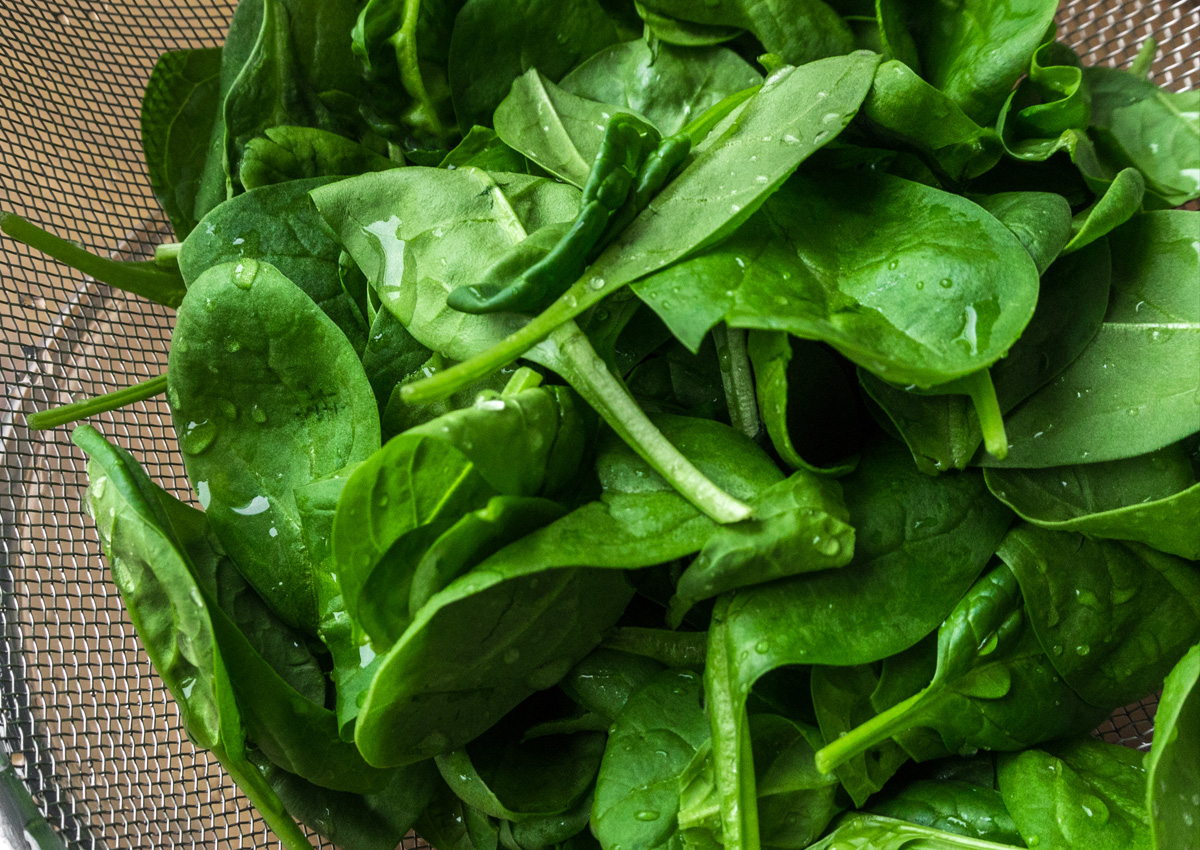
International Research Team's Genetic Discoveries to Improve Spinach Disease Resistance and Palatability
January 5, 2022| |
Researchers from Boyce Thompson Institute (BTI) and six universities in China have identified a gene that regulates the concentration of oxalate in spinach, responsible for the gritty-chalky mouthfeel called spinach teeth. The team also found genes to help the plant combat downy mildew.
The study compared the genomes of cultivated spinach (Spinacia oleracea) and two of its wild relatives (S. turkestanica and S. tetranda) to identify genes linked to traits of interest to plant breeders, farmers, and consumers. The team also sequenced the genomes of 295 cultivated varieties of S. oleracea and 10 accessions of the two wild relatives. Then they performed comparative genomic analyses and genome-wide association studies (GWAS) to probe the plant's evolutionary history and look for genes associated with specific traits.
The GWAS confirmed the role of the NBR-LRR family of genes in spinach downy mildew resistance and identified other locations on the genome with lesser but still important roles in resistance, such as a promoter region in WSD6, which encodes an enzyme that may reinforce the physical barrier of spinach upon pathogen invasion. The researchers also found two genes encoding metal and metal ion transporters that may regulate oxalates in spinach. More research is needed to understand the full function of oxalates, but modulating these genes to reduce oxalates could help boost the market with cultivars that are better for human health and appeal to consumers who dislike the vegetable because of spinach teeth.
For more details, read the article on the BTI website.
| |
You might also like:
- Study Finds Spinach as Edible Substrate to Grow Meat from Lab
- Draft Genome of Spinach Published by Researchers from US and China
- Spinach Genes May Stop Deadly Citrus Disease
Biotech Updates is a weekly newsletter of ISAAA, a not-for-profit organization. It is distributed for free to over 22,000 subscribers worldwide to inform them about the key developments in biosciences, especially in biotechnology. Your support will help us in our mission to feed the world with knowledge. You can help by donating as little as $10.
-
See more articles:
-
News from Around the World
- Global Consortium of Scientists Develop Affordable Sequencing Method for Pathogen Analysis to Help Tackle Global Epidemics
- Experts: Allow Golden Rice to Save Lives
- UCR Scientists Breeding HLB Tolerant Citrus
- Political Will and Scientific Community Continue to Move Biotech Adoption in Bangladesh
- Australian OGTR Receives Application for GM Canola and Indian Mustard Field Trial
- GM Soybean and GM Maize Industrialization in China Shows Remarkable Results
- Göttingen University Research Team Develops Method to Complete Genetic Data
- High-Iron Wheat Awaits Approval for Field Trials in the UK
-
Research Highlights
- International Research Team's Genetic Discoveries to Improve Spinach Disease Resistance and Palatability
- Lychee's Genome Unveils Its Domestication History
-
Plant
- CRISPR-Cas9 Reveals Role of SlSRM1-like in Leaf Development
- CRISPR Continues to Drive Gene Editing Market Growth, Report
-
Read the latest: - Biotech Updates (December 10, 2025)
- Gene Editing Supplement (December 17, 2025)
- Gene Drive Supplement (February 22, 2023)
-
Subscribe to BU: - Share
- Tweet

